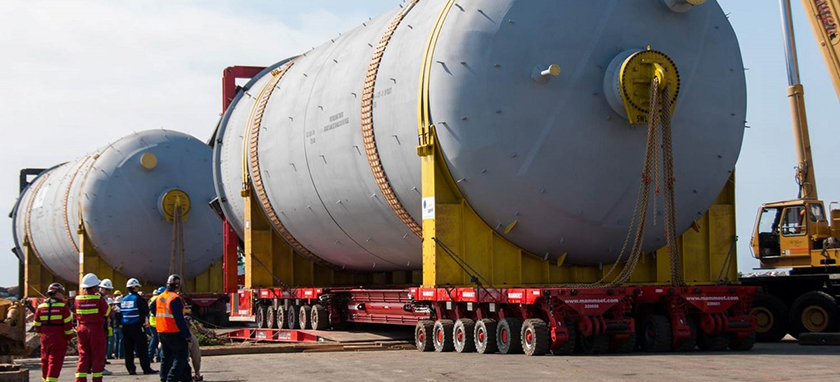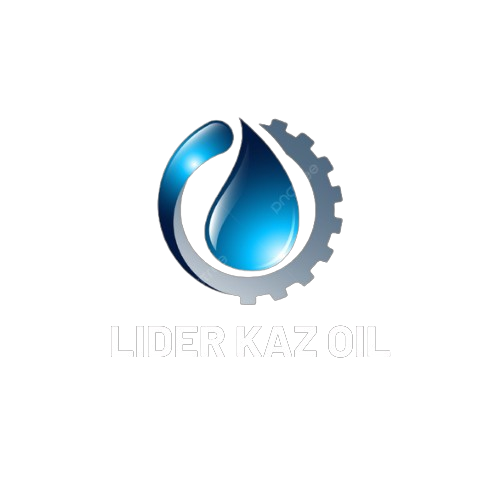ARE YOU STORING FUEL AT HOME OR AT A BUSINESS PREMISES?
Fuel is a hazardous, highly combustible substance, so it’s imperative that you handle it with care, because if you choose not to, you could be in big trouble. Over 15% of pollution incidents each year are reported to be caused by an oil spillage, and it’s one of the most common culprits. Oil can damage rivers and groundwater, harm marine life and plants and destroy natural habits. To ensure safe storage, there are set regulations in place that you must follow. If you don’t, you can be served an anti-pollution works notice, or even worse, be prosecuted. There are different guidelines, depending on where you store your oil,.
TANK CONNECTIONS AND FITTINGS PIPING
Domestic oil supply pipes tend to be made of plastic-coated soft copper tubing so they can be easily manipulated. Commercial installations tend to be made of steel and can offer added protection from damage or vandalism. Steel pipes must not be galvanised and should be painted and maintained to reduce corrosion. Underground pipework should be avoided where possible as it’s difficult to detect leakage or damage and there’s a larger risk of pollution Above ground pipework must be positioned to avoid the risk of damage by impact and be protected against collision. It’s a legal requirement that the pipework is supported so it’s secure and cannot become loose...

DELIVERY PIPE
If your fixed tank contains a flexible pipe to dispense oil, the pipe must be in a secure cabinet that’s locked shut when not in use with a drip tray attached. On the other hand, the pipe must be kept inside the bund with a lockable valve where the pipe leaves the oil tank. This must remain locked shut when not in use, with a tap or valve at the input end that secures automatically when not in use. This must not be able to be fixed open except if it has an automatic cut off mechanism.
PUMP
A pump is a potential source of ignition so must:
1. Be located outside of the bund on an impervious base and in open air
2. Be positioned to reduce the risk of damage by impact e.g. drivers, tanker turning circles and fork lift truck routes
3. Have a valve in its feed line to stop the tank contents from emptying in the event of damage
4. Remain locked shut and enclosed in a casing when not in use or the supply of electricity must be cut off to prevent unwanted usage .
